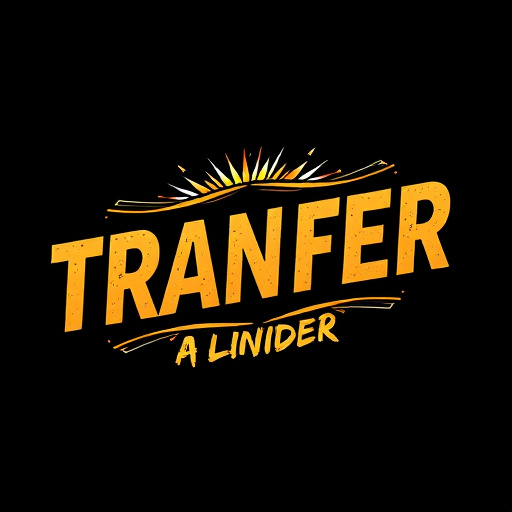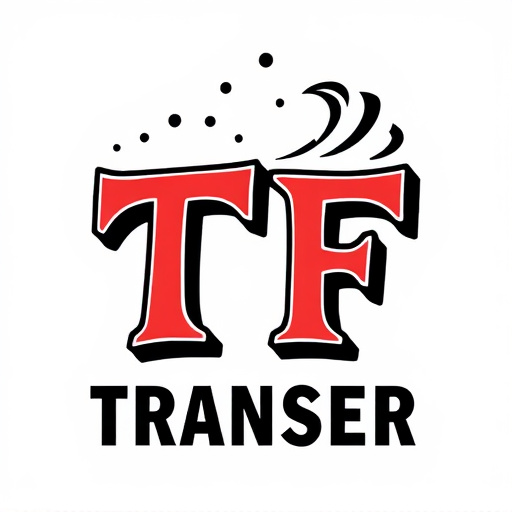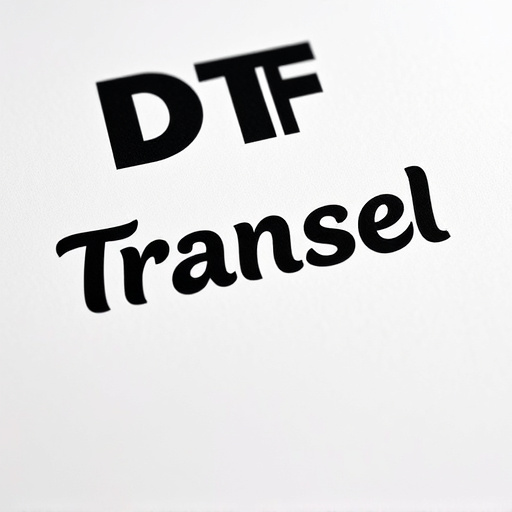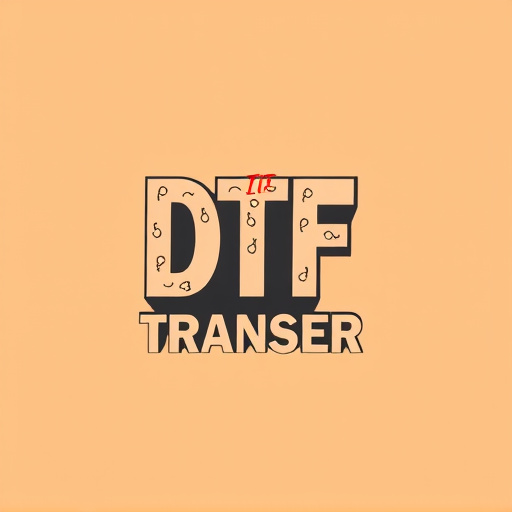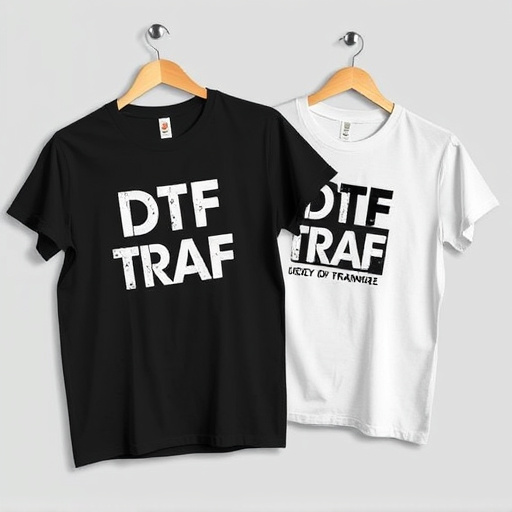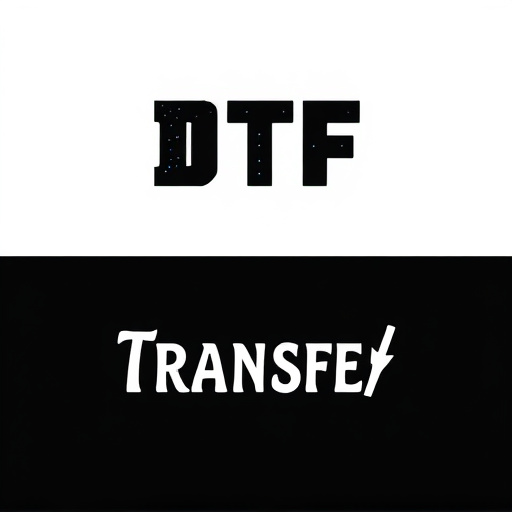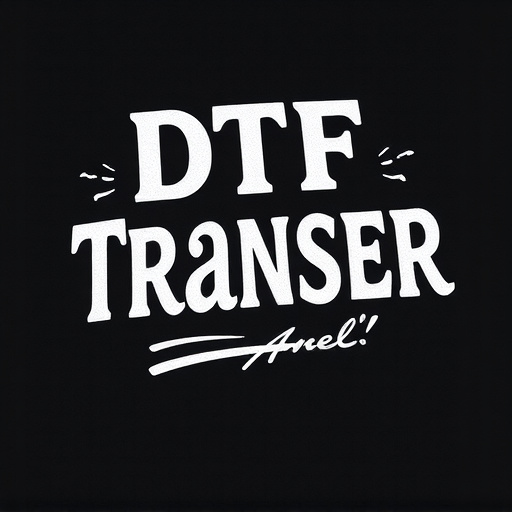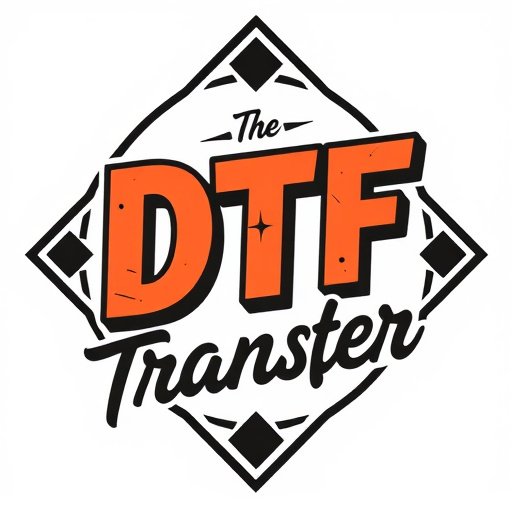DTF Printing (Direct-to-Film transfer production) is a cutting-edge technology revolutionizing film creation, packaging, and signage. It enables high-quality printing directly onto metal, plastic, and glass using UV or solvent inkjet printers, delivering intricate designs, vibrant colors, and sharp details quickly and cost-effectively. This democratized approach to filmmaking has been embraced by independent creators and major studios alike, fostering diverse storytelling and enhancing visual experiences with spectacular images produced by specialized DTF experts. The future of DTF Printing looks promising, driven by increased demand for custom printing and a growing focus on sustainability through eco-friendly materials and processes.
Direct-to-film transfer production, or DTF Printing, is revolutionizing the film industry. This cutting-edge process allows for high-quality digital printing directly onto film stock, eliminating intermediate steps and offering filmmakers a game-changing solution. From independent creators to major studios, DTF Printing unlocks new creative possibilities, enhances visual quality, and streamlines production. In this article, we explore the rise of DTF Printing, key industry players, advanced technologies, benefits for all, and future trends shaping this exciting development.
- Understanding Direct-to-Film Transfer Production: A Brief Overview
- The Rise of DTF Printing: Unlocking New Possibilities in Filmmaking
- Key Players in the Industry: Top Businesses Transforming Cinema
- Advanced Technologies and Techniques: Enhancing Visual Quality
- Benefits for Independent Filmmakers and Studios Alike
- Future Prospects: Trends Shaping Direct-to-Film Transfer Production
Understanding Direct-to-Film Transfer Production: A Brief Overview
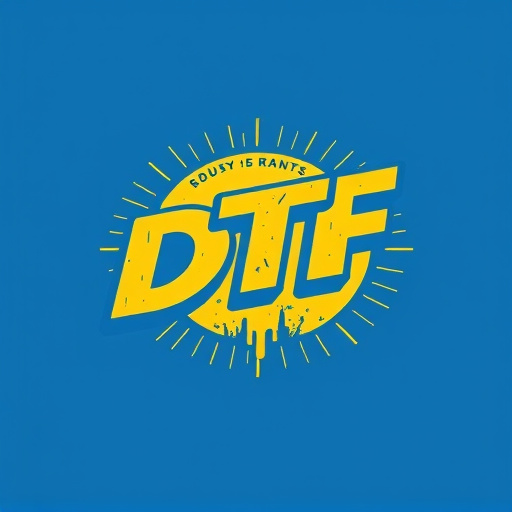
Direct-to-film transfer production, often abbreviated as DTF Printing, is a cutting-edge process that allows for the direct printing of high-quality images onto various film surfaces, including metal, plastic, and even glass. This innovative technique has revolutionized the way businesses approach product branding, marketing, and promotional materials, offering endless creative possibilities. By bypassing traditional intermediate steps, DTF Printing enables companies to produce custom films with intricate designs, bold colors, and sharp details at a fraction of the time and cost associated with conventional methods.
The process involves using specialized printers that employ advanced technologies like UV or solvent inkjet printing to precisely transfer images onto the chosen film substrate. This direct application ensures exceptional resolution and durability, making DTF-printed films suitable for diverse applications, from eye-catching packaging and signage to functional components in industrial settings. With its ability to transform bland surfaces into captivating displays, Direct-to-Film transfer production has become a sought-after solution for businesses aiming to enhance their visual impact and stand out in today’s competitive market.
The Rise of DTF Printing: Unlocking New Possibilities in Filmmaking

The rise of Direct-To-Film (DTF) printing has unlocked a new realm of possibilities for filmmakers, revolutionizing the way they create and produce content. This cutting-edge technology allows for direct printing onto various film stocks, eliminating traditional intermediate steps. With DTF Printing, filmmakers can now bring their vision to life with stunning visual fidelity, achieving complex effects and unique aesthetics that were once time-consuming or cost-prohibitive.
This innovation has democratized the filmmaking process, empowering independent filmmakers and small production houses to compete on a larger scale. DTF Printing enables them to create high-quality, feature-ready films without the extensive resources typically required. As a result, we’re seeing a surge in creative storytelling, with fresh perspectives and diverse narratives gaining prominence in the film industry.
Key Players in the Industry: Top Businesses Transforming Cinema
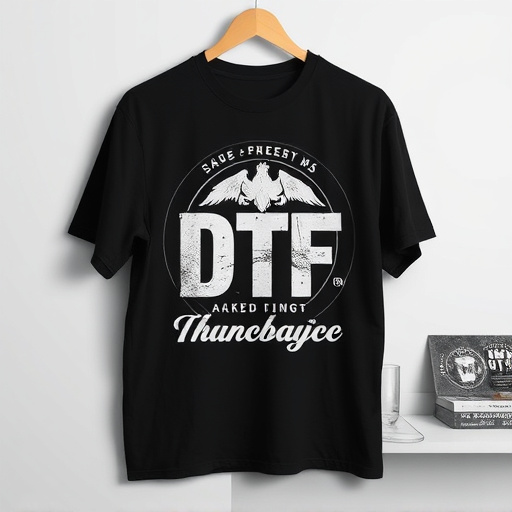
In the realm of cinema and visual storytelling, Direct-to-Film (DTF) Printing has emerged as a game-changer, revolutionizing how films are produced and distributed. This cutting-edge technology allows for high-quality printing directly onto film stock, offering filmmakers and production houses an innovative way to create stunning visuals without the need for traditional intermediate processes. Key players in this industry are leading the charge in transforming cinema by embracing DTF Printing’s capabilities.
Top businesses specializing in direct-to-film transfer production have become the go-to partners for many film projects. Their expertise lies in providing precise and artistic control over the final product, enabling filmmakers to bring their visions to life with exceptional detail and color accuracy. These companies cater to a diverse range of productions, from independent films to major studio releases, ensuring that each project receives tailored attention to meet its unique aesthetic requirements.
Advanced Technologies and Techniques: Enhancing Visual Quality
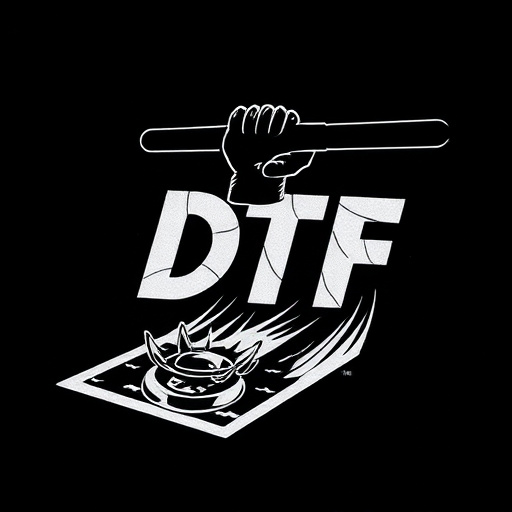
In the realm of direct-to-film transfer production, advanced technologies and techniques are revolutionizing the way visual content is created and delivered. Digital printing methods, particularly DTF Printing, have emerged as game-changers in this industry. These cutting-edge processes enable high-resolution printing directly onto film, resulting in vibrant and intricate visuals that were once challenging to achieve. By leveraging innovative inkjet technology and specialized materials, businesses specializing in DTF Printing can produce stunning images with exceptional detail and color accuracy.
This advancement in technology has not only enhanced the visual quality of films but also opened up new possibilities for creators and filmmakers. With DTF Printing, production teams can now bring complex scenes and imaginative concepts to life with greater fidelity. From intricate set backdrops to realistic props, advanced printing techniques are fostering a richer cinematic experience, ensuring that audiences are captivated by visually breathtaking storytelling.
Benefits for Independent Filmmakers and Studios Alike
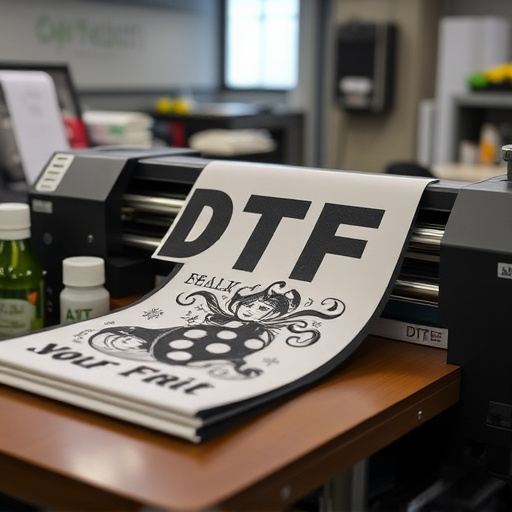
Direct-to-film transfer (DTF) production offers a multitude of benefits for both independent filmmakers and established studios. For independent creators, DTF Printing provides an affordable and accessible means to bring their cinematic visions to life without the hefty costs associated with traditional printing methods. This technology allows them to maintain creative control while efficiently producing high-quality prints for festivals, distribution, or personal use.
Studios benefit from DTF’s capability to streamline production processes, reducing time and resources spent on print preparation. It offers an eco-friendly alternative to conventional methods, minimizing waste and environmental impact. Moreover, DTF Printing enables studios to quickly adapt to changing market demands, facilitating rapid turnaround times for custom prints or limited-edition releases, thus enhancing their competitive edge in the film industry.
Future Prospects: Trends Shaping Direct-to-Film Transfer Production
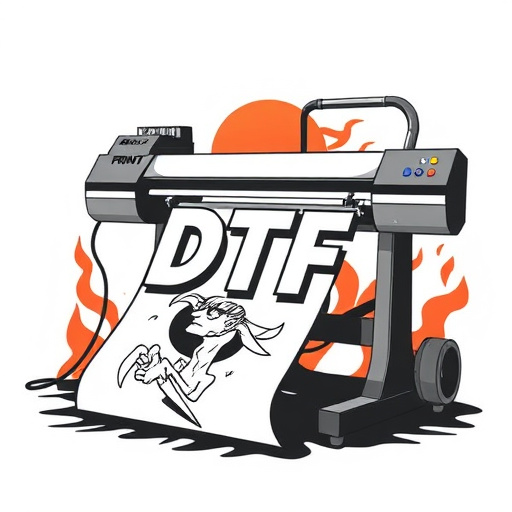
The future of direct-to-film transfer production looks bright, with several emerging trends shaping the industry. One significant prospect is the increasing demand for DTF Printing services, driven by the rise of custom apparel and on-demand printing. As consumers seek unique, personalized items, businesses are leveraging advanced DTF technologies to offer a wide array of design possibilities while maintaining high-quality prints on various fabric types.
Additionally, sustainability is becoming a key focus in direct-to-film transfer production. Eco-friendly materials and processes are gaining traction as brands strive to reduce their environmental impact. Innovations in water-based inks, recyclable substrates, and energy-efficient printing methods not only cater to environmentally conscious consumers but also offer long-term cost savings for businesses. These trends indicate a sustainable and technologically advanced future for direct-to-film transfer production.


